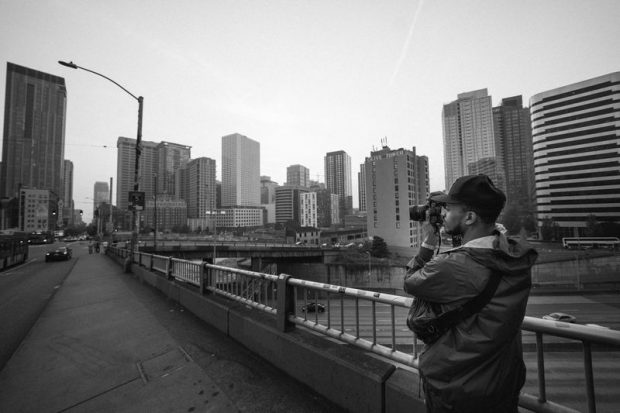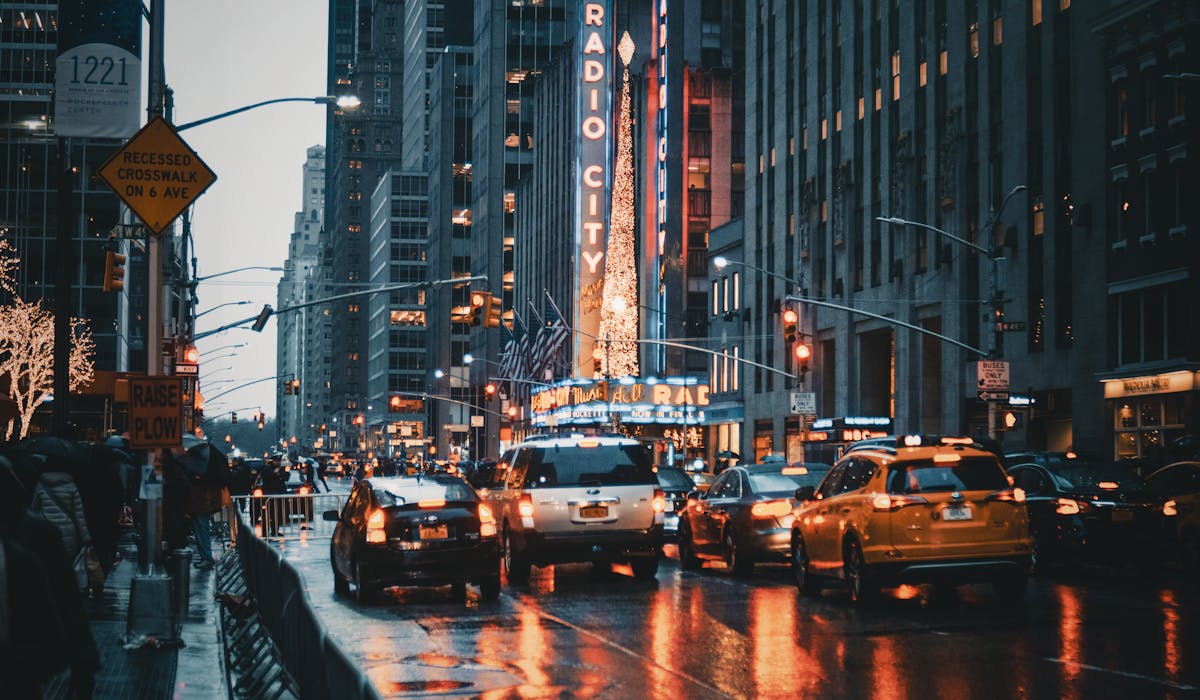The Buzz on Framing Streets
The Buzz on Framing Streets
Blog Article
The Single Strategy To Use For Framing Streets
Table of ContentsThe smart Trick of Framing Streets That Nobody is DiscussingThe Best Guide To Framing StreetsFraming Streets Can Be Fun For AnyoneSome Of Framing Streets4 Simple Techniques For Framing StreetsEverything about Framing Streets
, usually with the goal of capturing photos at a decisive or touching minute by cautious framework and timing. https://framingstreets1.blog.ss-blog.jp/.
Framing Streets Fundamentals Explained
Susan Sontag, 1977 Road digital photography can concentrate on people and their actions in public. In this regard, the road professional photographer resembles social docudrama photographers or photojournalists who likewise operate in public areas, however with the goal of recording relevant occasions. Any one of these digital photographers' photos might catch individuals and residential or commercial property visible within or from public locations, which typically involves navigating ethical issues and laws of privacy, security, and property.
Representations of daily public life form a style in virtually every period of globe art, beginning in the pre-historic, Sumerian, Egyptian and very early Buddhist art periods. Art dealing with the life of the road, whether within views of cityscapes, or as the leading concept, appears in the West in the canon of the Northern Renaissance, Baroque, Rococo, of Romanticism, Realism, Impressionism and Post-Impressionism.
Rumored Buzz on Framing Streets
Louis Daguerre: "Blvd du Temple" (1838 or 1839) In 1838 or 1839 the initial photo of numbers in the road was videotaped by Louis-Jacques-Mand Daguerre in among a set of daguerreotype views taken from his studio window of the Boulevard du Temple in Paris. The 2nd, made at the height of the day, reveals an unpopulated stretch of street, while the other was taken at regarding 8:00 am, and as Beaumont Newhall records, "The Blvd, so continuously full of a relocating crowd of pedestrians and carriages was perfectly solitary, except an individual that was having his boots brushed.
Subsequently his boots and legs were well defined, yet he lacks body or head, since these were in motion." Charles Ngre, waterseller Charles Ngre. https://www.blogtalkradio.com/framingstreets1 was the initial photographer to achieve the technical elegance required to register people in motion on the street in Paris in 1851. Professional Photographer John Thomson, a Scotsman functioning with journalist and social lobbyist Adolphe Smith, published the original source Road Life in London in twelve month-to-month installations beginning in February 1877
Some Known Factual Statements About Framing Streets
Eugene Atget is pertained to as a progenitor, not due to the fact that he was the initial of his kind, however as an outcome of the popularisation in the late 1920s of his record of Parisian roads by Berenice Abbott, that was influenced to embark on a similar documentation of New York City. [] As the city created, Atget aided to promote Parisian streets as a worthwhile topic for digital photography.

The Single Strategy To Use For Framing Streets
In between 1946 and 1957 Le Groupe des XV annually showed work of this kind. Andre Kertesz. Circus, Budapest, 19 May 1920 Street digital photography developed the significant material of two exhibits at the Gallery of Modern Art (Mo, MA) in New York curated by Edward Steichen, Five French Digital Photographers: Brassai; Cartier-Bresson, Doisneau, Ronis, Izis in 1951 to 1952, and Post-war European Digital Photography in 1953, which exported the idea of road digital photography globally.

The Greatest Guide To Framing Streets
The recording maker was 'a surprise electronic camera', a 35 mm Contax hidden under his coat, that was 'strapped to the upper body and linked to a lengthy wire strung down the appropriate sleeve'. His work had little modern influence as due to Evans' level of sensitivities regarding the creativity of his project and the privacy of his topics, it was not released up until 1966, in the publication Numerous Are Called, with an introduction written by James Agee in 1940.
Helen Levitt, after that an instructor of young youngsters, connected with Evans in 193839. She recorded the transitory chalk illustrations - photography presets that were component of youngsters's road culture in New York at the time, in addition to the children who made them. In July 1939, Mo, MA's brand-new photography area consisted of Levitt's work in its inaugural exhibitRobert Frank's 1958 publication,, was considerable; raw and usually out of focus, Frank's images examined mainstream photography of the time, "tested all the formal guidelines laid down by Henri Cartier-Bresson and Walker Evans" and "flew in the face of the wholesome pictorialism and genuine photojournalism of American magazines like LIFE and Time".
Report this page